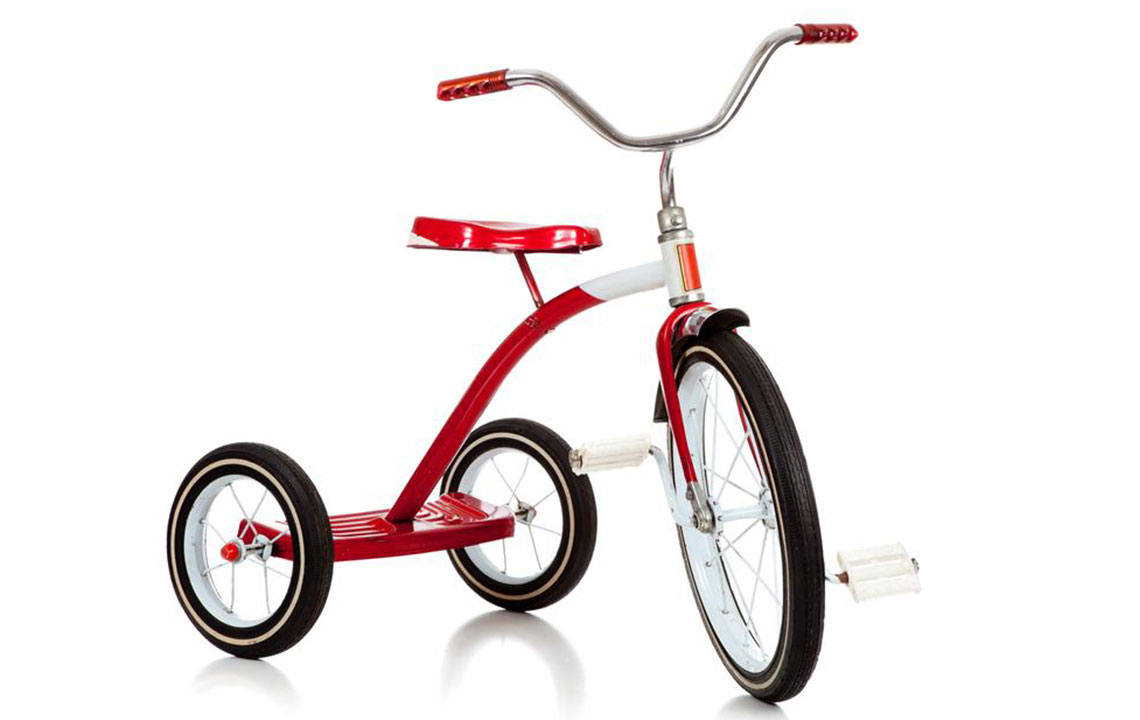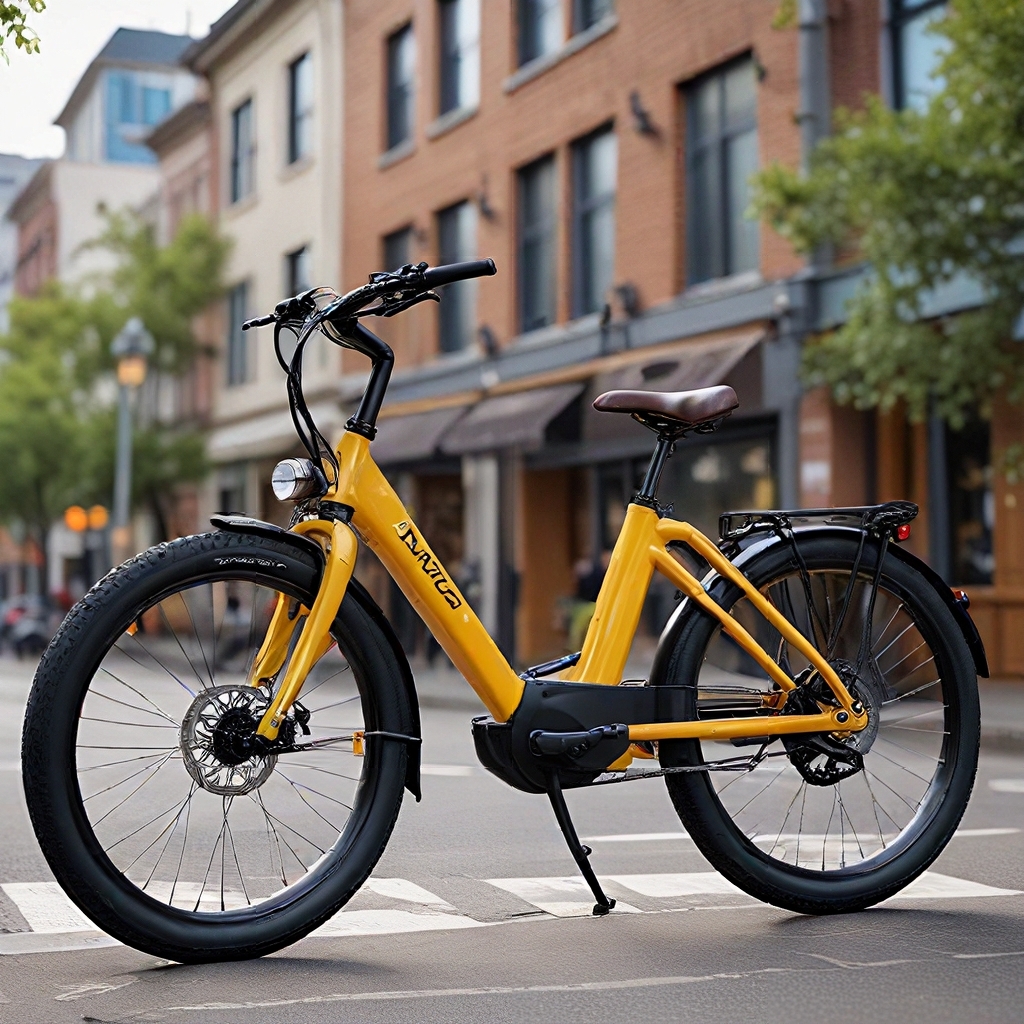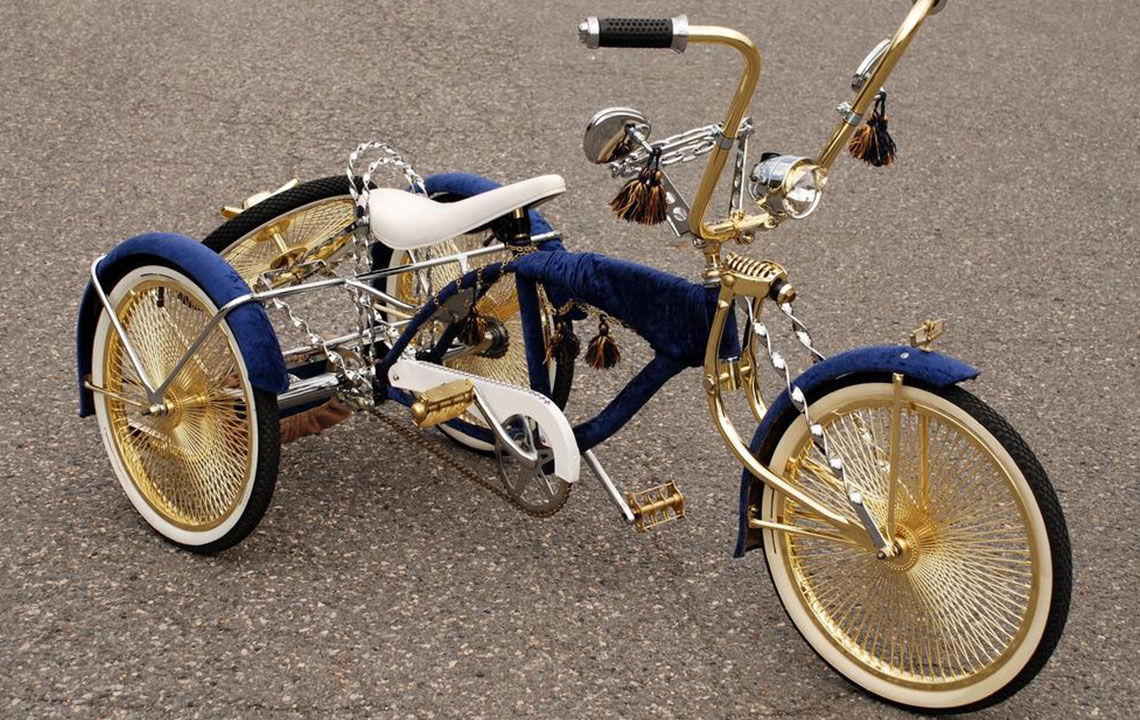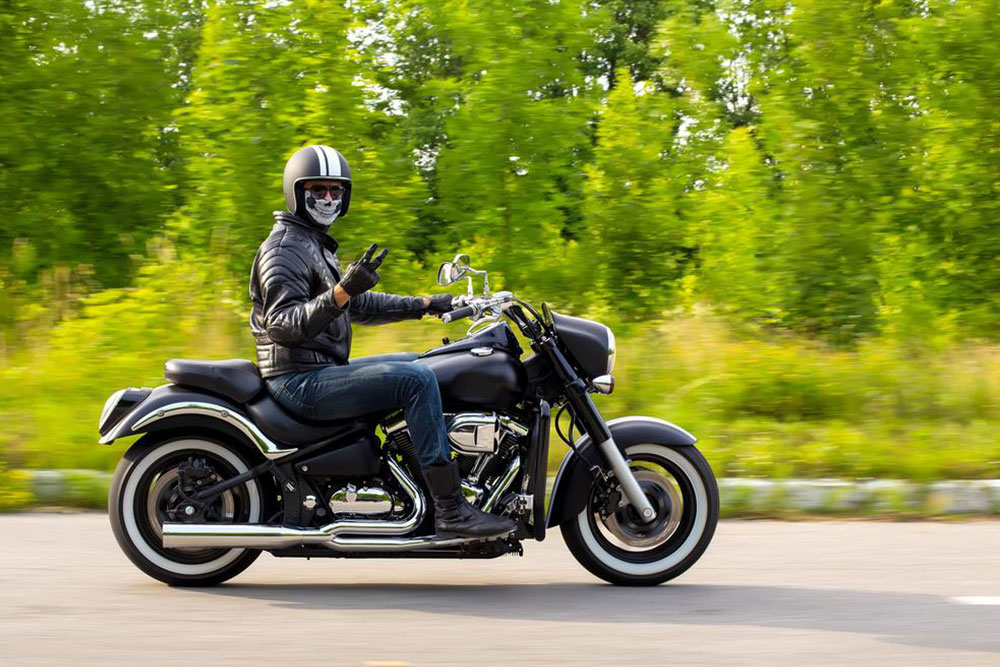Comprehensive Guide to 3-Wheel Bikes: Types, Features, and Purchase Tips
This comprehensive guide offers detailed insights into the various types of 3-wheel bikes, their features, advantages, and tips for choosing the best model to match your riding lifestyle. Whether you're a casual rider or an avid cyclist, understanding these options can help you make an informed purchase to enjoy stable, comfortable rides across different terrains.

Comprehensive Guide to 3-Wheel Bikes: Types, Features, and Purchase Tips
Three-wheel bikes, also known as tricycles, have grown immensely popular among different groups of riders—from casual commuters to dedicated cycling enthusiasts. They are appreciated for their stability, comfort, and versatility, making them suitable for various terrains and user needs. This extensive guide dives into the different types of 3-wheel bikes available on the market today, their unique features, advantages, disadvantages, and tips for selecting the right model to match your riding style and lifestyle.
There are several classifications of 3-wheel bikes, each designed to cater to specific preferences and functional requirements. Among the most common are recumbent trikes, semi-recumbent, and upright configurations. Understanding these variations is essential before making a purchase, as each offers distinct riding experiences, ergonomic benefits, and suitability for different environments.
Recumbent tricycles are distinguished by their reclined seating position, which distributes the rider's weight more evenly, providing excellent back support and reducing strain on the body. The pedals are positioned at the front, close to the rider's legs, allowing for a relaxed pedaling experience. This design is especially favored by individuals seeking a comfortable ride, including seniors or those with back issues. While recumbent trikes excel in providing comfort and stability on flat terrains, they are less suitable for off-road adventures due to their lower ground clearance and the seating design, which requires more effort to navigate uneven surfaces.
Semi-recumbent bikes strike a balance between comfort and responsiveness. They feature higher seats than fully recumbent models, offering improved visibility and a more upright riding position. Pedaling can be more efficient, and these bikes often come with added features such as rear cargo racks or storage compartments. Semi-recumbent bikes are suitable for city commuting, recreational riding, and light trail use, thanks to their versatile design and ease of handling.
Upright 3-wheel bikes are more traditional in appearance, resembling regular bicycles but with an extra wheel for stability. These bikes are often equipped with cargo storage options, foldable frames, and adjustable handlebars, making them practical for daily commuting, shopping trips, or urban errands. Their sturdy construction and comfortable ergonomics promote ease of use over long distances and diverse conditions. However, they tend to be bulkier and heavier compared to other types, requiring more storage space and effort to maneuver in tight areas.
When comparing these models, consider the following factors: size, portability, comfort, terrain suitability, and budget constraints. For example, upright bikes are ideal if you need a durable, all-around model, but if comfort and back support are priorities, a recumbent trike might be better. Semi-recumbent options serve as a middle ground, providing a combination of comfort and efficiency.
It's important to think about your intended use when choosing a 3-wheel bike. For recreational riding on paved surfaces, recumbent trikes offer a relaxed experience, perfect for leisurely outings. For commuting or errands, upright or semi-recumbent bikes may be more convenient due to their additional storage capabilities and ease of handling.
Furthermore, exploring different purchasing avenues can help you find the best fit and value. Online stores present a wide range of models, allowing you to compare features, prices, and reviews from other users. Visiting local bike shops or showrooms provides an opportunity for hands-on trials, enabling you to test ride various models and ensure a comfortable fit. Always inquire about after-sales services, warranties, and the availability of accessories and replacement parts to maintain your bike in perfect condition.
Budget planning is crucial when choosing a 3-wheel bike. Set a clear spending limit based on your needs and financial situation. While premium models offer advanced features and lighter materials, more affordable options can still provide excellent performance and durability for casual or everyday riders. In addition, consider the long-term costs associated with maintenance, accessories, and potential upgrades.
In conclusion, selecting the right 3-wheel bike involves understanding your specific needs, carefully evaluating the different types and features, and making an informed decision based on quality, comfort, and budget. With the right bike, you can enjoy enhanced stability, safety, and enjoyment during your rides, whether for leisure, commuting, or fitness purposes.




